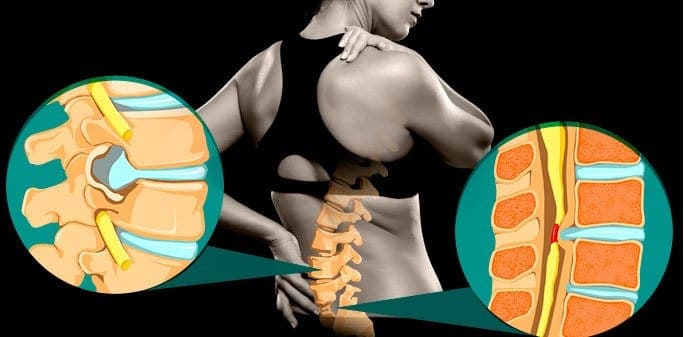experienced by individuals in the world. You normally experience sciatic pain when the sciatic nerve is irritated. Considering that this nerve is longer and wider than any other nerve found in the human body, it is important to remember that you can experience sciatic pain all over your body, anywhere between your back and knee. It’s also important to know thatsciatic pain is a symptom of some other illness that involves the sciatic nerve and is not a disease itself.
Although it is not considered a disease, sciatic painstill presents plenty of issues and difficulties while performing daily activities such as walking and climbing stairs. Still, there are plenty of non-risky treatments available which help in decreasing the pain. And if those treatments don’t work, there are still plenty of advanced options present. It rarely happens that you need open back surgery to treat the pain.
There are plenty of causes of sciatic pain, but it mainly happens when the sciatic nerve is compressed or inflamed. Some other symptoms may also occur along with the pain, like weakness or numbness of the muscles. Most symptoms can be consistent, or their intensity might increase (ranging from moderate to extreme) along with the pain.
Aside from nerve irritation, there are other causes of sciatic pain, like:
- Spondylolisthesis
- Infection
- Muscle spasms
- Herniated disk
- Lumbar spinal stenosis
- Tumors in the spine
- Bulging disk
- Pregnancy
- Strained piriformis muscle
There are a lot of signs that positively point towards sciatic pain, but the most frequent ones are:
- Pain felt in the lower back
- Pain felt in the hip
- A tingling or burning sensation in the leg
- Feeling any pain or weakness when you move your leg or feet
- A sharp pain when you stand up
- Feeling continuous pain on one side of the buttocks
- Experiencing increased pain when you sit
The suitable treatment for your pain depends on the factors responsible for your sciatic pain and how your body has responded to any previous treatments you might have had. Doctors in NYC usually start with a treatment which has minimum risks. But if those treatments don’t work, they then prescribe more invasive and risky treatments. Some of the treatments which can relieve sciatic pain include:
- Exercising along with physical therapy It is vital to follow an exercise regimen despite any other treatment or therapy you may be following.
- Chiropractic treatment If done along with other prescribed treatments, chiropractic will significantly decrease inflammation and boost alignment
- Diet Losing weight can help decrease the tension on the pelvis and spine.
- Laser spine surgery This non-risky surgery is used to cure diseases like herniated disks
- Stem cell therapy Used to cure illnesses like disk degeneration, the treatment significantly reduces inflammation.
- Stimulating nerve cells This modern treatment effects and reduces the pain impulses transmitted by the nerve cells.
- Open back surgery Although it is a bit risky, surgery becomes absolutely necessary in certain cases.
- Anti-inflammatory medicines
- Steroid Injections
- Over-the-counter medicines like ibuprofen
- Ice packs and warm compresses which help reduce the pain
Exercising is a great way to decrease the tension and weight on the sciatic nerve because the patient is able to reduce the effect of some symptoms without any professional help. It can also help decrease the use of medications, providing greater relief and comfort when the intensity of pain increases.
It is possible to prevent sciatic pain entirely, but you will need to make a number of changes to your habits. To ensure a decreased chance of sciatic pain, you will need to follow an effective exercise regimen and will need to improve your posture when you sit, stand, and lift heavy objects.
























































